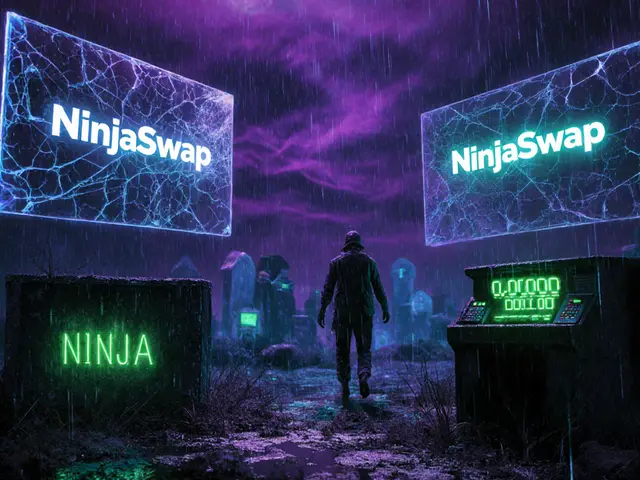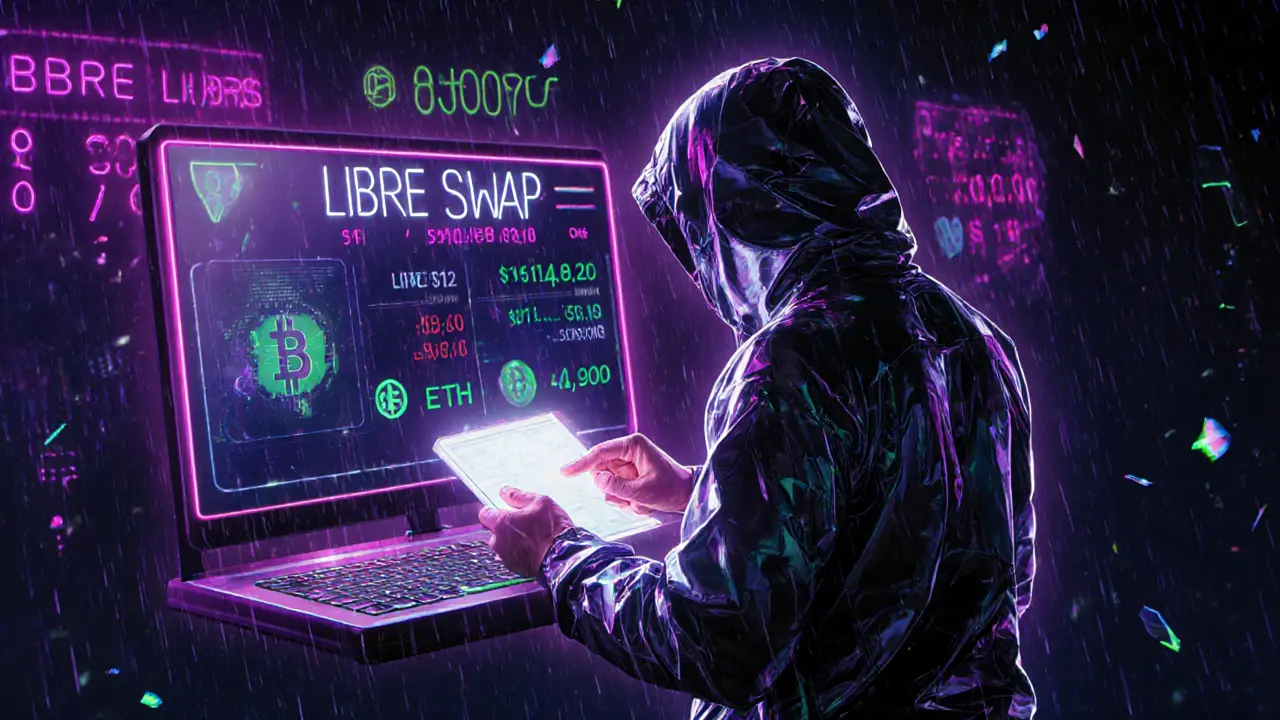Decentralized Exchange: The Core of Modern Crypto Trading
When working with decentralized exchange, a peer‑to‑peer platform that lets users trade crypto without a central authority. Also known as DEX, it relies on smart contracts to match orders and hold assets. A Liquidity Pool, a collection of funds locked in a smart contract to enable automated trading powers the Token Swap, the instant exchange of one cryptocurrency for another you see on most DEXs.
Decentralized exchange encompasses liquidity pools, which in turn enable token swaps. This chain of relationships means a DEX can operate without order books, instead using pooled assets to satisfy trades automatically. Because smart contracts execute the swap logic, users keep custody of their tokens until the trade finalizes, reducing counter‑party risk. The model also cuts out many fees charged by traditional brokers, though it introduces new considerations like impermanent loss and gas costs. In practice, a trader looking to swap ETH for a newer token will simply click ‘Swap’ on a DEX interface, the protocol will pull the needed liquidity from the pool, execute the trade atomically, and return the new token—all without a middleman.
Our collection below reflects how these concepts play out across real‑world platforms. You’ll find deep dives into multi‑chain DEXs such as Dfyn Network, security‑focused swaps like Ultron Swap, and comparative reviews that weigh centralized alternatives. There are also guides on tokenomics, airdrop mechanics, and regulatory nuances that affect DEX users worldwide. Whether you’re hunting the next high‑yield liquidity pool or just trying to understand why gas spikes happen during a popular token launch, the articles below give you actionable insights and a clear picture of today’s decentralized exchange landscape.






